
One of the most common hormonal disorders in dogs, diabetes is disease where the pancreas produces insufficient amounts of insulin.
Juvenile onset occurs before the dog reaches one year of age. For this type of diabetes, the most common symptoms are:
- the puppy will be small in size
- he will not grow properly even though he eats ravenously
- may begin to loose weight and become weak
Maturity onset diabetes occurs after one year of age, with most cases being found in dogs aged five to seven years. If your dog is obese, he stands a greater chance of being affected by it.
The most common symptoms are:
- drinking lots of water
- urinates more frequently
- unexplained loss of weight
If you dog displays these symptoms, get him to the vet right away. The earlier it is diagnosed, the easier it is to control. Your vet can do a simple blood test can tell if your dog has diabetes.
Treatment
Diet and medication can control the disease in most dogs, although in dogs, diet alone is not sufficient. Also, oral insulin tablets do not work so injections must be used. Once your vet has the disease under control, you need to set up a schedule to medicate your dog and stick to it. Your vet will help you learn how to administer insulin. They are easy to do and will quickly become a routine task.
Your dog must be carefully monitored with blood and urine sugar tests to help determine the proper amount of insulin. Testing his urine with test strips that you can get from a nearby drug store or pet shop does this. This strip will denote the level of sugar in his system-if it is too much, you reduce the insulin level and if it is low, you scale up the insulin dosage.
If you maintain a record of the results of these test strips, the dosage of insulin given and your dog's eating patterns and attitude, it will help you in
understanding his condition, besides also helping your vet predict any future problems.
Feeding must be on a regular schedule to provide a consistent supply of sugar so that insulin remains at the required level. Make sure you follow the recommendations of your vet regarding the food to use and when to feed your dog.
One potential problem is an insulin overdose. The symptoms of this are confusion, dinorientation, drowsiness, shivering or your dog may collapse. If your dog is concious, you can give him sugar in water, candy (not chocolate) or orange juice. If your dog is uncnocious, get professional help immediatetly.
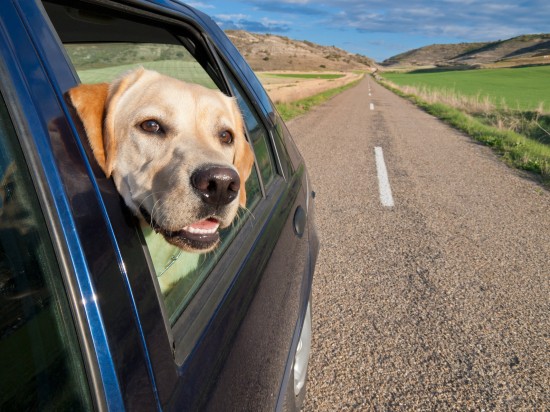 Dogs And Car Trips - Why Do They Love Sticking Their Nose Out Of The Window?
Dogs And Car Trip
Dogs And Car Trips - Why Do They Love Sticking Their Nose Out Of The Window?
Dogs And Car Trip
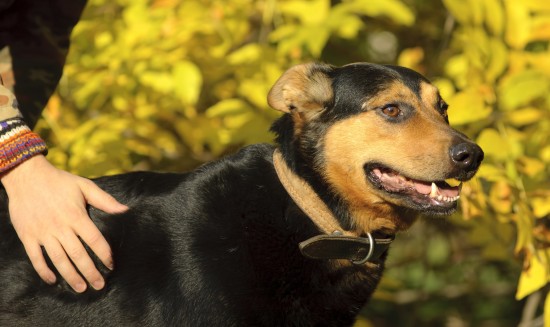 Health Checking Your Own Dog
Health Checking Y
Health Checking Your Own Dog
Health Checking Y
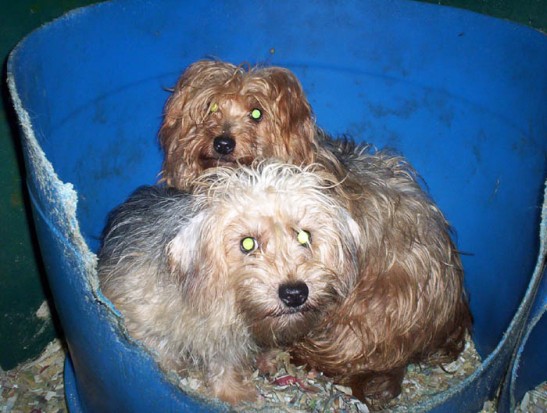 Puppy Farms - How And Why To Avoid Buying A Farmed Puppy
Puppy Farms - How
Puppy Farms - How And Why To Avoid Buying A Farmed Puppy
Puppy Farms - How
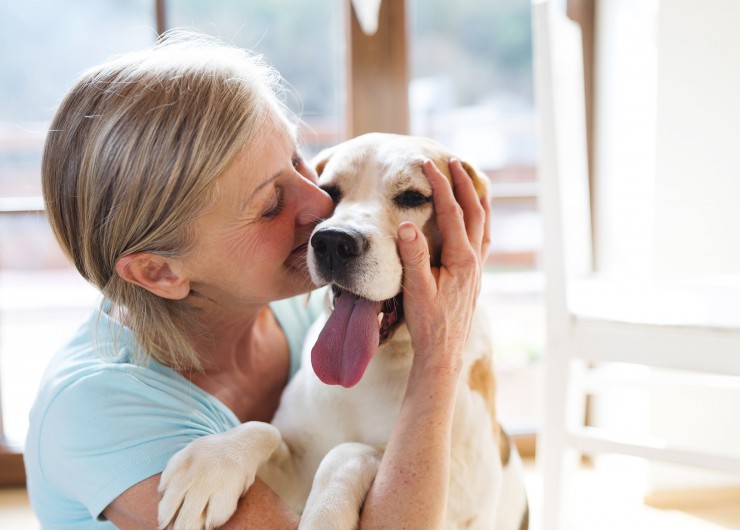 April Is National Pet Month In The Uk
April Is National
April Is National Pet Month In The Uk
April Is National
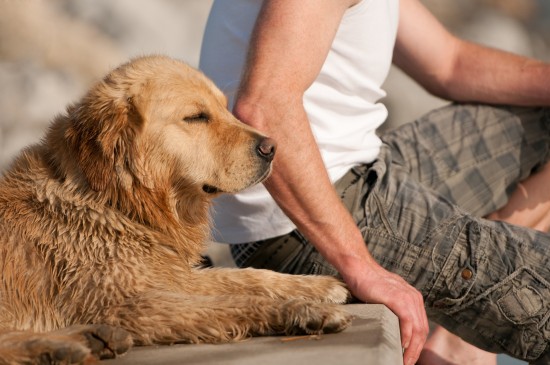 Why Might An Otherwise Good Dog Bite Their Owner?
Why Might An Othe
Why Might An Otherwise Good Dog Bite Their Owner?
Why Might An Othe
Copyright © 2005-2016 Pet Information All Rights Reserved
Contact us: www162date@outlook.com